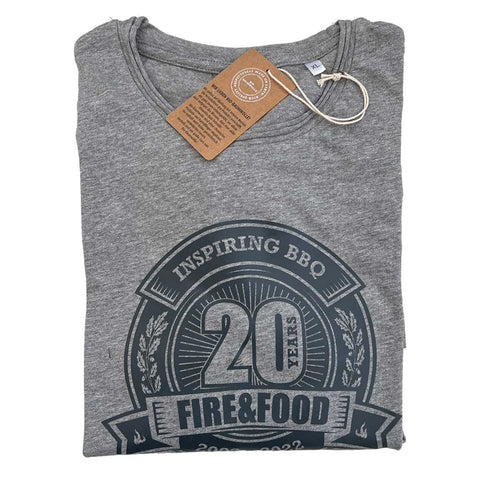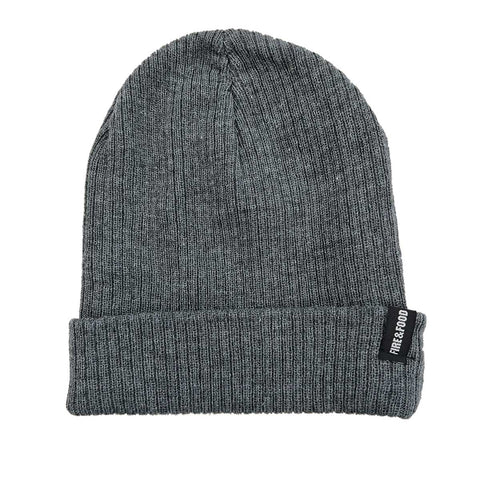Clean me! Clean and maintain grills.
Grilling is simply fun - if only there weren't all that time-consuming and strenuous cleaning afterwards. Even if you're not one of those people who like to keep things sparkling clean and don't expect the grill you use so often to be back on the patio looking like it's been freshly cleaned. But once you've dug a little deeper into your wallet, you don't want to unnecessarily shorten the lifespan of your grill through carelessness. So the question arises as to how you can clean a grill as effectively as possible. In this context, the term "pyrolysis" keeps coming up. But which grills can actually be heated up to such a high level that dirt residues char - and is that comparable to the pyrolysis we know from some ovens? And how do I care for cast iron grates after cleaning? Questions we asked the expert Ebbo Christ from Grillworld®. Here are his expert tips:
1. Prophylaxis
There are a few things you can do beforehand to keep the effort of cleaning the grill to a minimum. Food marinated in oil that you want to grill quickly should be freed of the marinade before placing it on the grill. This can be done, for example, by dabbing it with a kitchen paper towel. But the main reason for this is actually something else: spices and herbs burn and produce bitter substances at the high temperatures that are usual for quick grilling. Ready-made marinades also often have a very high sugar content, which caramelizes and is almost impossible to remove. The side effect of this method: the grill stays cleaner. If the food is very greasy, it is a good idea to put a bowl under the grill (if necessary, add a little water beforehand to prevent grease fires), so nothing drips onto the burners.
2. Wet cleaning
If you have a stainless steel grill and grill grates and want to return them to their original condition as much as possible, you should not heat them up after grilling, as some protein compounds do not burn out but rather 'burn in'. This can be seen by the black spots that cannot be removed. In this case, wet cleaning of the grates and the device is recommended. To do this, you can soak the grates in a bowl of water and dishwasher detergent. This is a very labor-intensive undertaking, but the result is perfect.
3. Dry cleaning – care of cast iron grates
With this method, the device is brought to the highest possible temperature with the hood closed after grilling. For many commercially available devices, this is around 300-350° C (measured on the lid thermometer). This process takes between 5 and 30 minutes, depending on the degree of dirt. However, this cannot be described as real 'pyrolysis', as the temperatures would have to be almost twice as high. At the temperatures of 300-350° C mentioned, the device is first of all germ-free, which is important. Greasy residues are now also dry and can be easily removed with a suitable brush. The brush now actually functions as a brush and is not a greasy brake block that spreads the dirt instead of removing it. Cast iron grates must then be protected against corrosion with wax or oil.
In addition to hygiene and the aesthetic sensibilities of the user, it is generally important that all grease is removed. If this is not done, organic acids can form that attack metals quite aggressively. Ask the vehicle manufacturer why acid-free bearing greases are used. With the 'burning out' method, various protein compounds carbonize, which becomes noticeable in the form of extremely firmly adhering, black spots. These sit on the metals almost like enamel. This is clearly visible on stainless steel, but sometimes almost impossible to see on cast parts, which are dark anyway. Rust can safely be described as 'clean' if your fingers remain clean after painting over it...
4. Grill body and lid – cleaning and care
The inside of the grill body is treated in the same way as described above. Lids that are only covered with carbonized fat vapor are only occasionally cleaned of loose parts using a soft brush or see point 1.





















